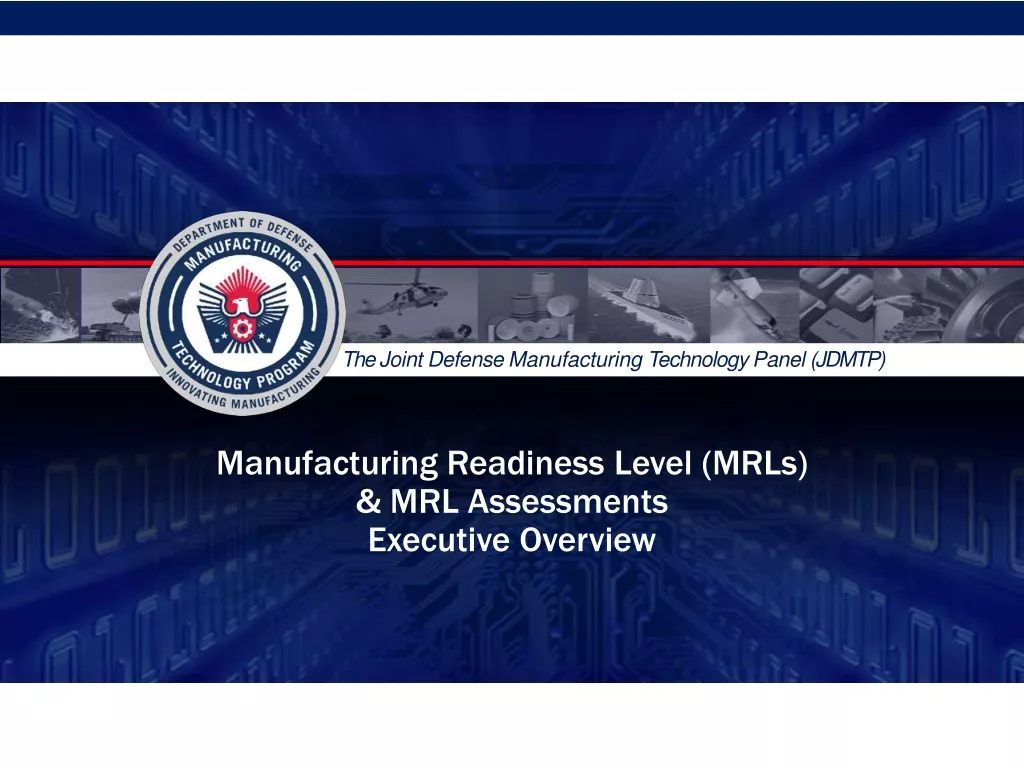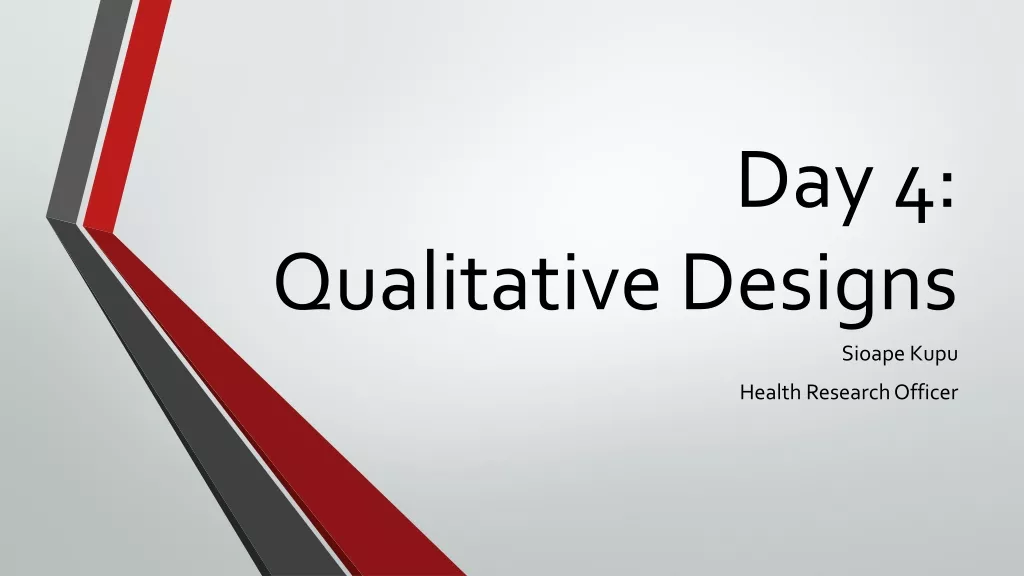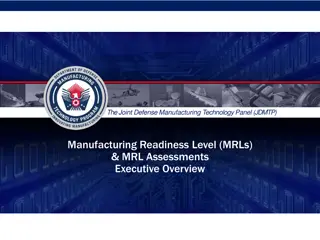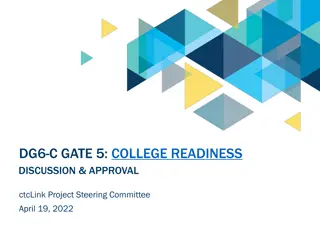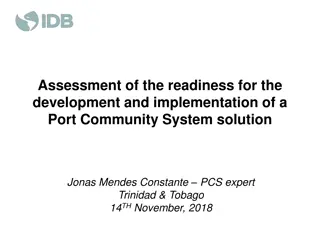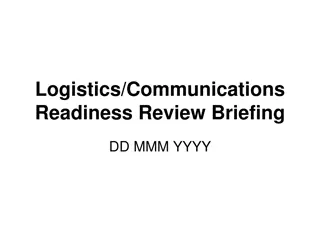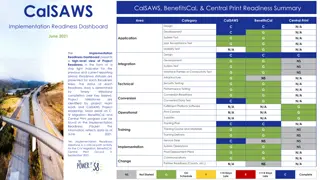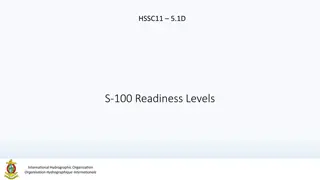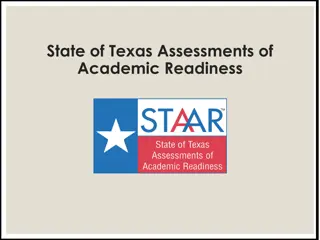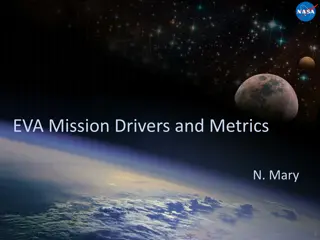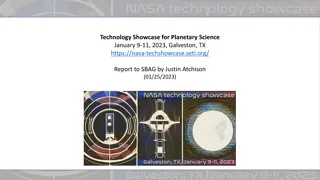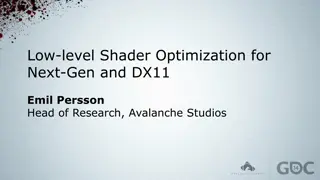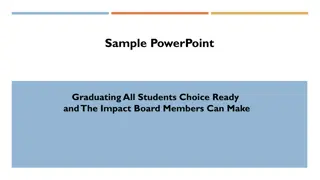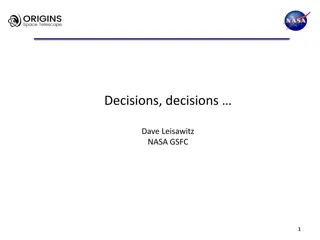Lessons from CubeMAP: Technology Readiness Levels and Mission Development Insights
Explore the TRL journey of CubeMAP, a mission involving 3.12U satellites for atmospheric chemistry observations. Dive into the history, TRL assessment, and development plan of this collaborative project between GomSpace and RAL Space, unveiling key insights for future missions.
Download Presentation

Please find below an Image/Link to download the presentation.
The content on the website is provided AS IS for your information and personal use only. It may not be sold, licensed, or shared on other websites without obtaining consent from the author.If you encounter any issues during the download, it is possible that the publisher has removed the file from their server.
You are allowed to download the files provided on this website for personal or commercial use, subject to the condition that they are used lawfully. All files are the property of their respective owners.
The content on the website is provided AS IS for your information and personal use only. It may not be sold, licensed, or shared on other websites without obtaining consent from the author.
E N D
Presentation Transcript
TRL Lessons from CubeMAP Will Grainger, RAL Space 19 April 2024
Contents Introduction to TRL Brief History of CubeMAP Brief summary of CubeMAP mission HSDI example Assessment Development plan Recommendations
TRL - introduction Technology readiness levels Getting higher TRL is a risk reduction activity ESA prefers high TRL for larger missions (eg Sentinels) Relevant environment hides a lot of detail! NewSpace has a higher risk appetite
CubeMAP summary 3 12U satellites, in a ~480km high orbit, performing observations of atmospheric chemistry by limb sounding Collaboration between GomSpace (platform provider), RAL Space (payload provider)
Brief history of CubeMAP Many years of development in spectroscopy group to develop Laser Heterodyne Radiometer technique. ESA call (SCOUT programme) Scout Mission Concept and system Consolidation Studies; KO November2019 6 month study Was called ESP-MACS (Earth Science Processes Monitored in the Atmosphere by a Constellation of Small Satellites) TRL 4 at start Implementation; submitted May 2021, intending for 2023 launch Concept to take a low TRL concept to flight, as a service. Lots of development. Predicted launch slip and cost overruns; project cancelled April 2023
TRL assessment what happened HSDI example HSDI (Hyper spectral Solar Disk Imager) is part of the CubeMAP payload. 16-channel imager operating in the visible / near infrared. CMV2000 CMOS sensor, from IMEC (who apply the filter) FPGA to control sensor, communicate over spacewire Sensor is previously flown technology, so considered high TRL ; i.e. declare sensor TRL 9 FPGAs have been flown before, so considered high TRL So, HSDI instrument is high TRL right?
TRL assessment what happened HSDI example HSDI (Hyper spectral Solar Disk Imager) is part of the CubeMAP payload. 16-channel imager operating in the visible / near infrared. CMV2000 CMOS sensor, from IMEC (who apply the filter) FPGA to control sensor, communicate over spacewire Sensor is previously flown technology, so considered high TRL ; i.e. declare sensor TRL 9 FPGAs have been flown before, so considered high TRL So, HSDI instrument is high TRL right? Wrong!
There is a difference between TRL for a component in flight and the same component in a different subsystem in a different mission Launch loads may be different Thermal environment may be different Biasing conditions (for electronics) will probably be different EMC conditions may be different Radiation environment may be different The process producing the component may be different
There is a difference between TRL for a component in flight and the same component in a different subsystem in a different mission Launch loads may be different Thermal environment may be different Biasing conditions (for electronics) will probably be different EMC conditions may be different Radiation environment may be different The process producing the component may be different
HSDI Approach: Instrument level qualification RAL performed TRL assessment RAL proposed a development plan + tests RAL proposed a component selection plan COTS and New Space are not well defined quality levels, but people talk about them as if they are. Our qualification process was to perform instrument level testing Design and build instrument Perform environmental tests (vibe/shock/TVAC) EMC by compatibility with platform We planned for whole board radiation testing Declare whole unit qualified Determining levels for (eg) vibe was difficult Uncertainty in the transfer function from launch vehicle, through launch pod, through platform structure, to instrument. Compared prediction with NASA GEVS levels; tested to the higher level Component selection plan details them and allows both proposers and agencies to assess plans with more knowledge Different to ESA s electronic component qualification process! Cheaper (as less tests to do) Carry more risk later into programme Can t do reliability/availability analysis
HSDI current status First light for electronics + sensor in May 2023 Breadboard mirrors have been produced, and characterised Breadboard Electronics has undergone TVAC Breadboard optics lid in production, about to undergo vibe/shock (in combination with electronics) Electronics has been redesigned to be single board (rather than 2 stacked boards)
Recommendations for planning work Avoid over-hyping a TRL level Realistic assessment allows for a realistic development plan There is a difference between TRL for components in flight, and same component in a different subsystem/mission Plan/cost accordingly! Don t try and raise TRL too quickly Multiple smaller proposals rather than one big lets fly this idea proposal Recommendations for agencies Ask for evidence of TRL assessments Be clear about risk appetite Require definitions for terms


